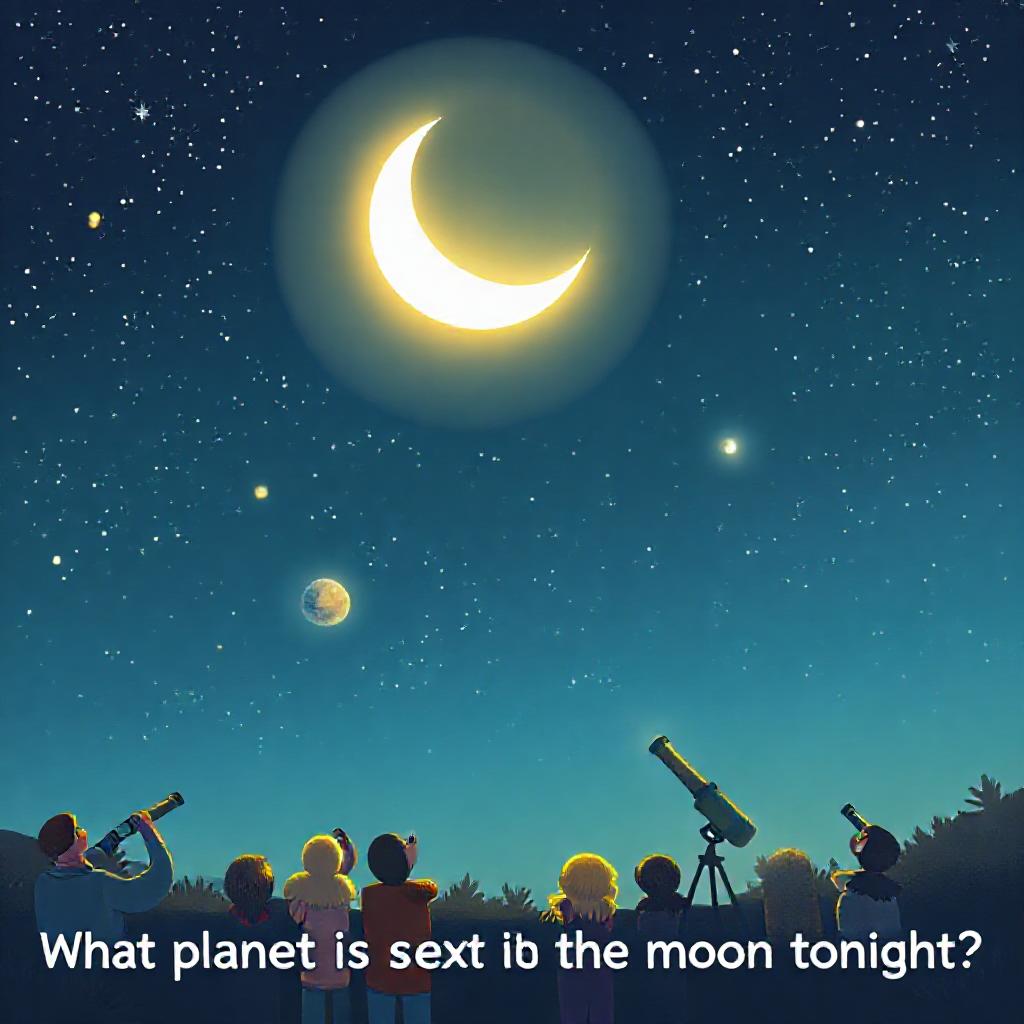Towven.com – What planet is next to the moon tonight?, Tonight, the sky will present an exciting view for stargazers across America. With the moon shining brightly, many are wondering, What planet is next to the moon tonight? This astronomical phenomenon not only captures the attention of amateur astronomers but also becomes a hot topic among those looking to enjoy the beauty of the night sky.
Why Is This Interesting?
Astronomical events, such as the visibility of planets near the moon, frequently capture public interest and make headlines in various media outlets. These occurrences are not just visually stunning; they also serve as a reminder of the vastness and beauty of our universe.
When planets align closely with the moon, it creates a spectacular sight that draws the attention of both amateur and professional astronomers. This phenomenon encourages people to step outside, look up at the night sky, and engage with the celestial wonders above them. It sparks curiosity and invites individuals to ask questions, such as what planet is next to the moon tonight, fostering a sense of wonder and exploration.
Moreover, these astronomical events provide a valuable opportunity for education and outreach. Astronomers and educators can use these moments to share their knowledge about the solar system, explaining the significance of planetary positions and movements.







